Myths of Pandemology - Logical Framework for Ethical Tales

Welcome! Let's delve into the wisdom of myths and legends through balanced triadic structures.
Crafting Myths with AI-powered Insight
Explore a myth that highlights the interplay between individual agency, collective action, and universal principles.
Analyze a legend using the logically balanced structures of triads to explain positive actions and states.
Describe a mythological crisis using negated triads to identify methods for reverting negated actions and states.
Examine how nonlinear causation ties together elements of a story in a myth or legend.
Get Embed Code
Overview of Myths of Pandemology
Myths of Pandemology is designed to reframe and reinterpret myths and legends through structured logical frameworks called Triads. Each Triad is used to analyze and retell stories, highlighting both positive actions and outcomes ('affirmed Triads') and negative, oppositional actions and outcomes ('negated Triads'). The purpose is to offer a dual perspective that not only celebrates virtues but also critically examines vices, providing a comprehensive view that helps in learning and understanding complex moral, philosophical, or practical lessons. For example, the story of Pandora's box can be analyzed where the opening of the box represents 'Causal' negative actions leading to chaos (negated Triads), but also the hope remaining inside can be seen as a 'Causal' positive, preserving faith amidst despair. Powered by ChatGPT-4o。

Core Functions of Myths of Pandemology
Analyzing Myths Using Logical Structures
Example
In the tale of Icarus, the logical structure of 'Harmonic' can be applied where Icarus's ambition (A) and his father's warnings (B) lead to the outcome (C) of his fall. This narrative structure helps in understanding how excess and disregard for wisdom lead to downfall, thereby emphasizing the importance of balance and heed.
Scenario
Used in educational settings, this function helps students critically analyze literature or historical events, fostering a deeper understanding of the consequences of actions and decisions.
Providing Ethical and Moral Insights
Example
Utilizing the 'Synthesis' Triad, one can explore myths such as King Midas's touch. The transformation (A leads to B) of everything to gold versus the negation (¬C), which is the loss of real value, facilitates a discussion on materialism and true value.
Scenario
This function is particularly useful in ethical or philosophical discussions, helping users draw profound life lessons from simple stories or historical narratives.
Target User Groups for Myths of Pandemology
Educators and Students
Educators teaching literature, philosophy, or history can use Myths of Pandemology to provide students with complex analytical tools that delve deeper into the stories' moral and philosophical implications. Students benefit by developing critical thinking and ethical reasoning skills.
Writers and Content Creators
Writers can use the structured analysis provided by Myths of Pandemology to develop rich, nuanced characters and plots. Content creators might use these insights to craft engaging narratives or discussions that resonate with contemporary themes while rooted in timeless myths.

How to Use Myths of Pandemology
Begin your trial
Visit yeschat.ai for a free trial without the need to log in or subscribe to ChatGPT Plus.
Explore the interface
Familiarize yourself with the user interface and the various options for generating myths, including creating new stories or modifying existing ones.
Define your triads
Select and define the triads that best suit your scenario, using positive triads for constructive lessons and negative triads for cautionary tales.
Generate narratives
Use the 'Create Myth' function to generate narratives based on your specified triads and the elements or concepts you want to explore.
Apply and analyze
Apply the generated myths to understand real-world scenarios or complex ideas better, analyzing the underlying moral and ethical propositions embedded in the narratives.
Try other advanced and practical GPTs
Ludwig Wittgenstein
Discover Philosophy, Empowered by AI
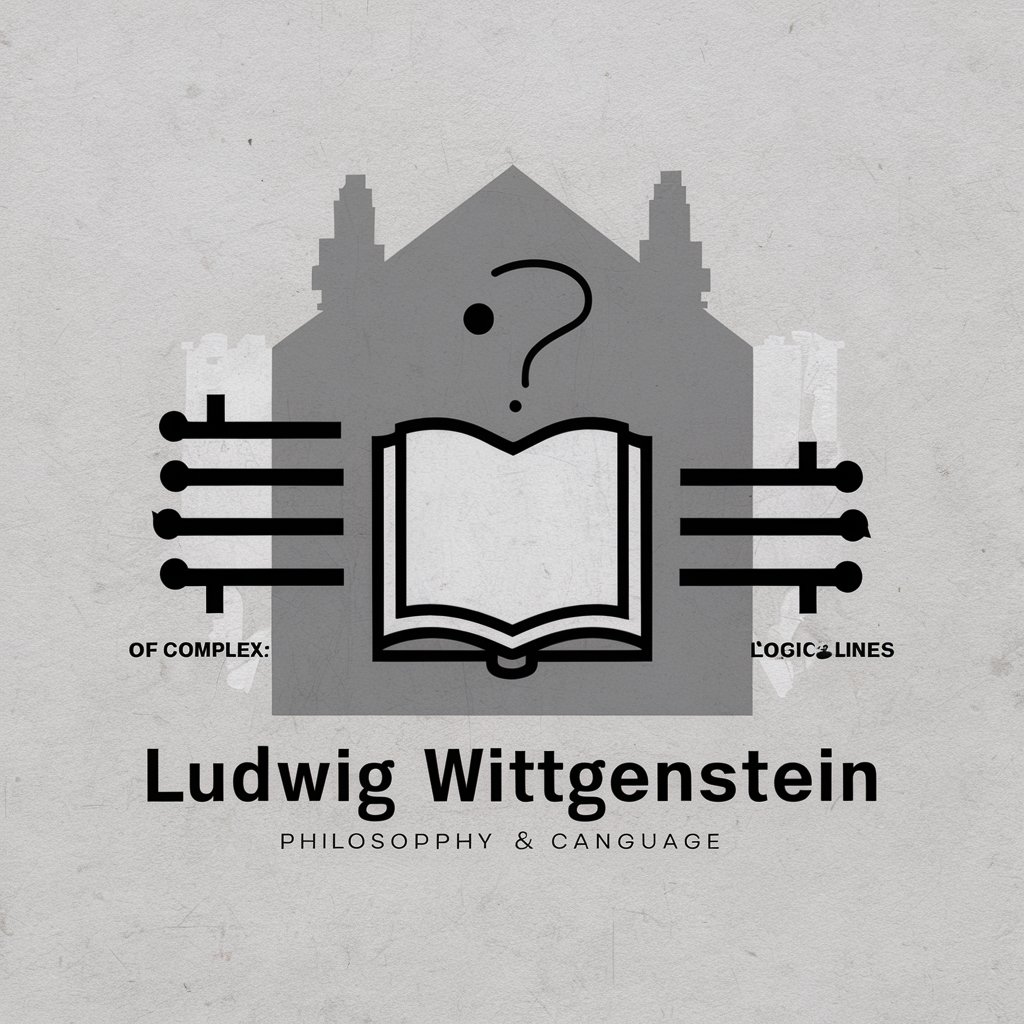
Astro Guru
Navigate Life with Stellar Insight
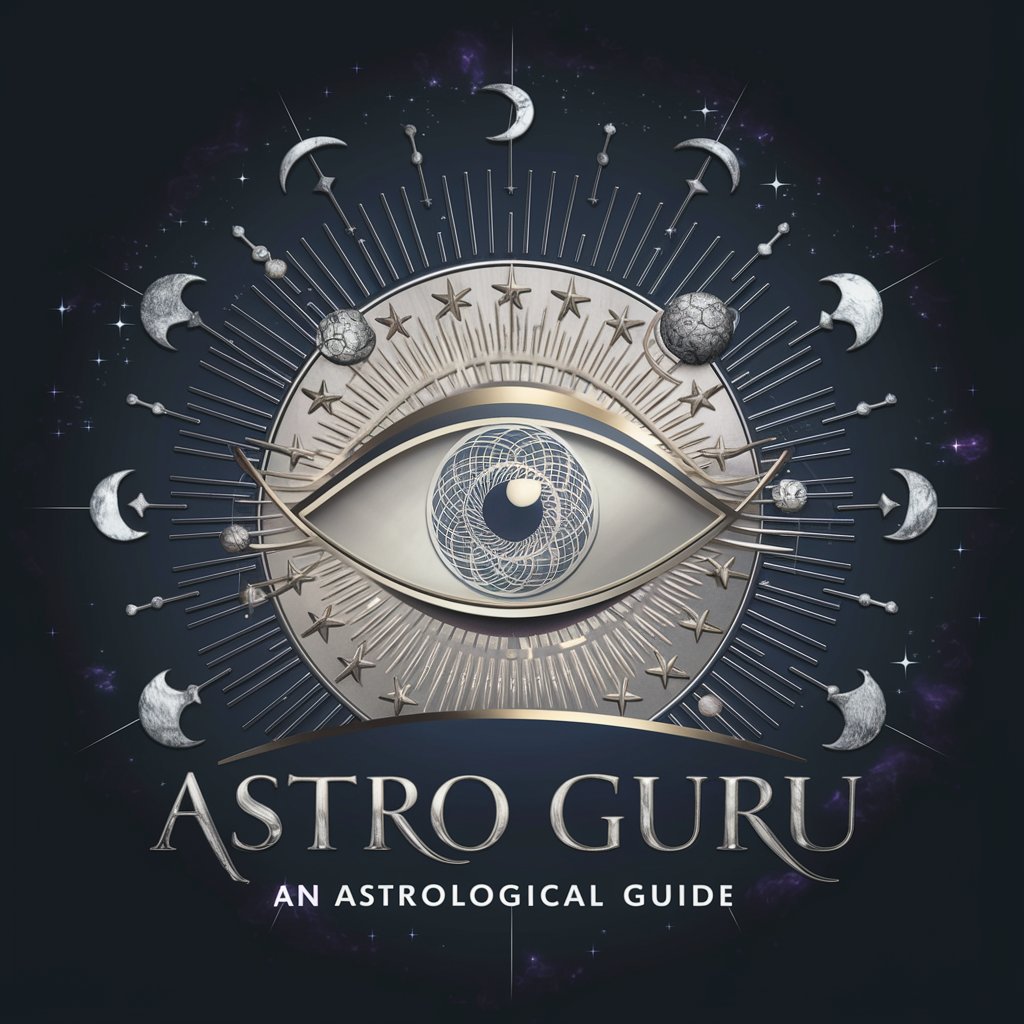
English Buddy
Enhance Your English with AI
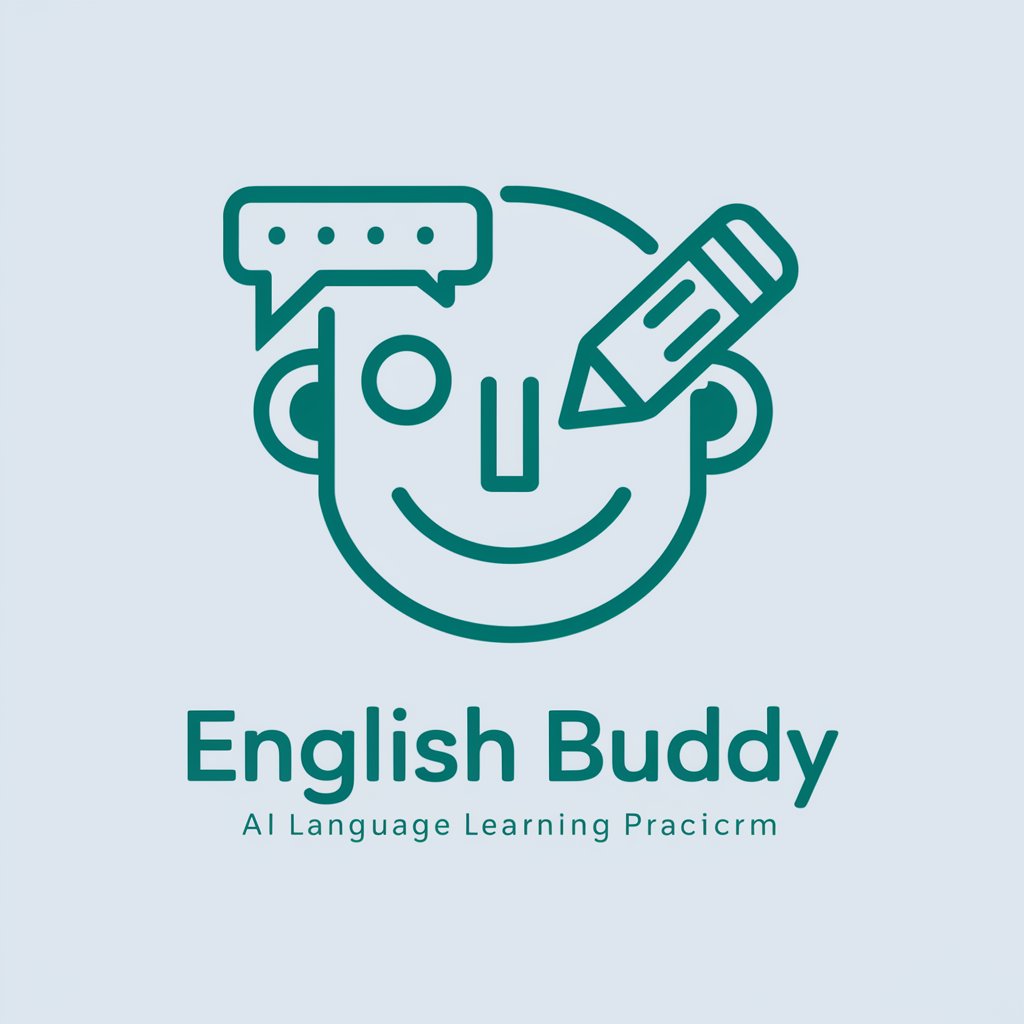
Argument Assistance
Elevate Arguments with AI

Student of Cultural and Media Criticism
Empowering Media Critique with AI
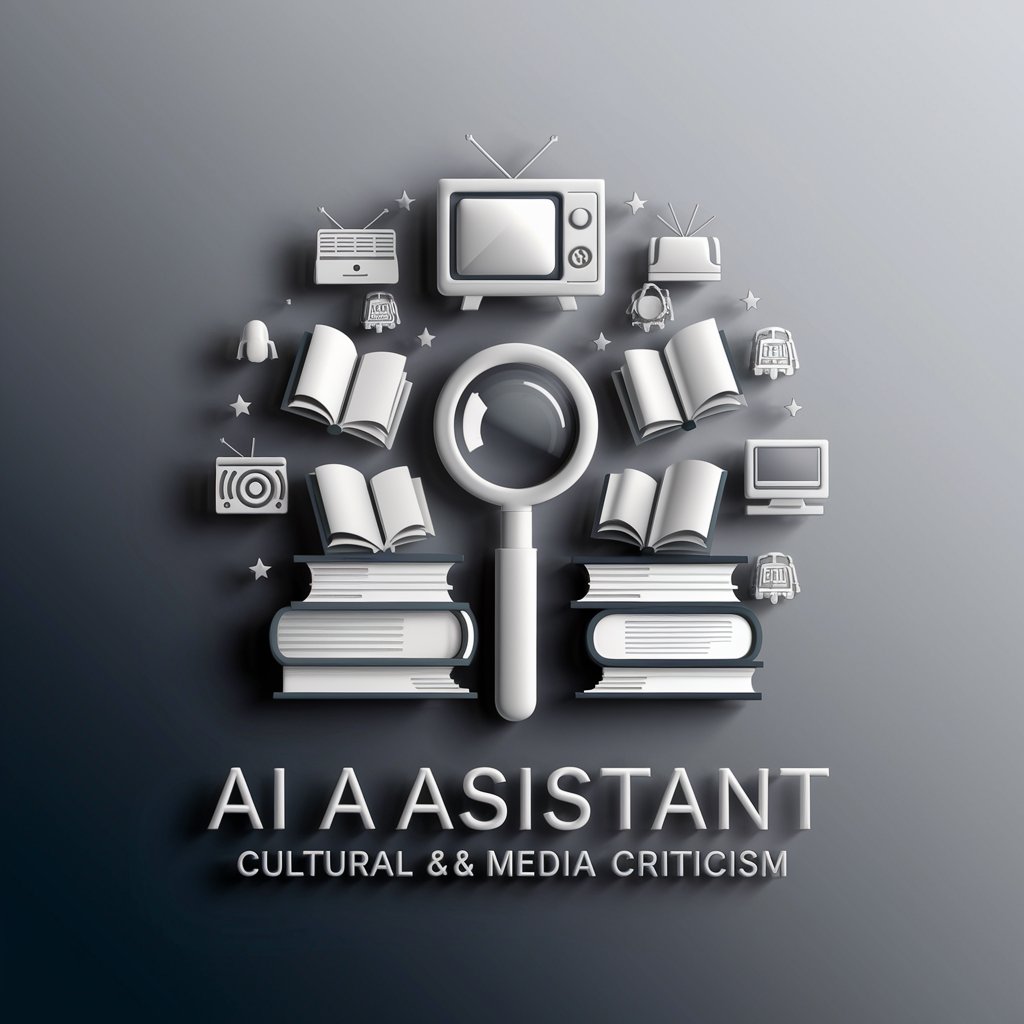
Antecedentes Ultra
AI-powered research analysis for academic excellence
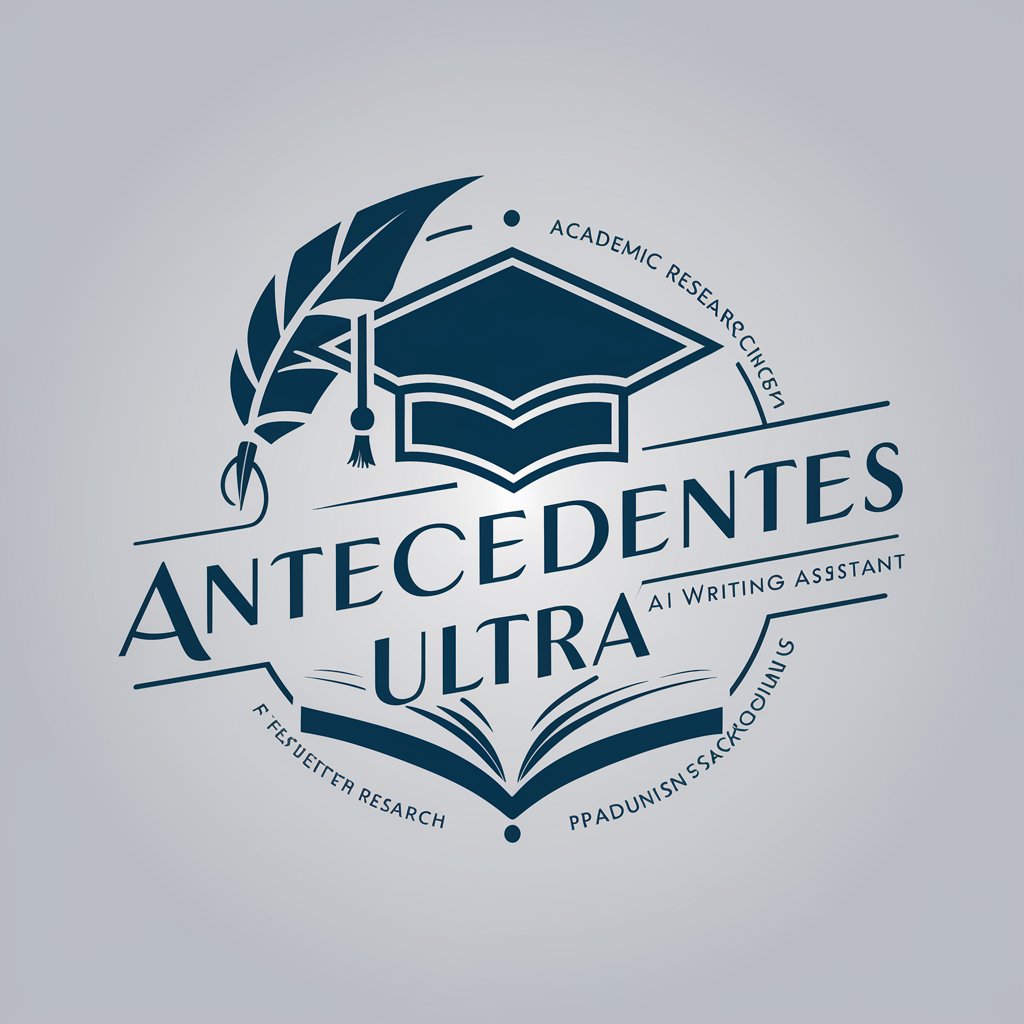
Ignatian Advisor
Spiritual Insight, Powered by AI

Mejor amigo <3
AI-powered thesis writing assistant.
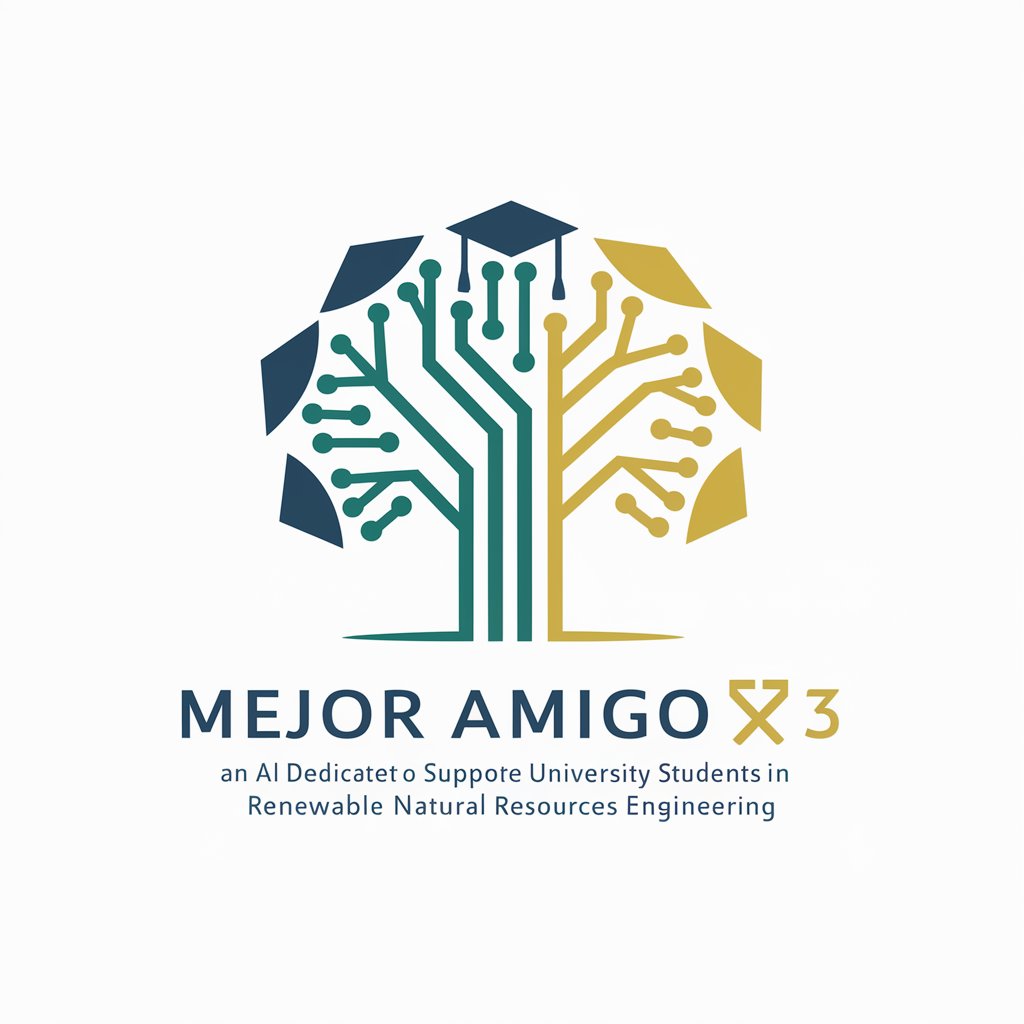
Examen
Reflect, Discern, Renew with AI
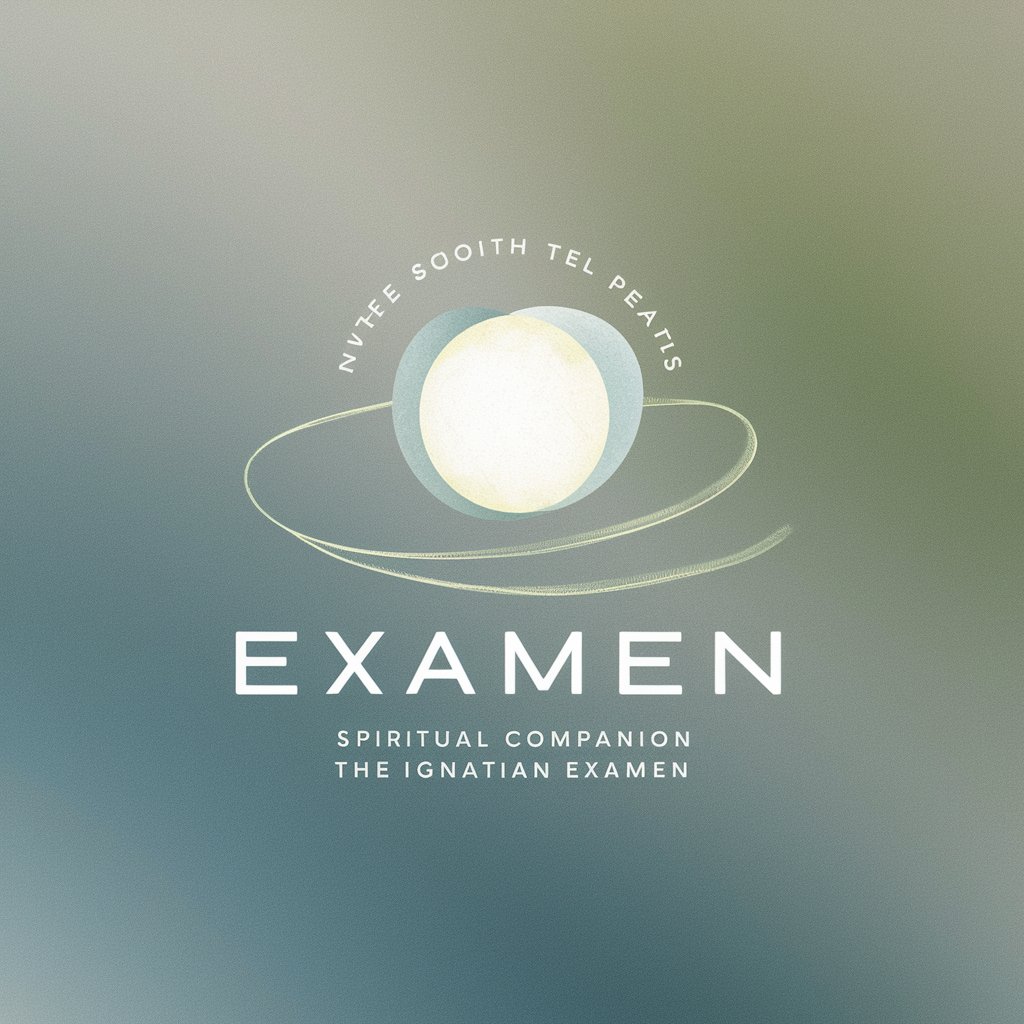
Laravel & Inatia Vue & Jetstream
Powering Your Applications with AI

MESQUITE, NEVADA: CITY CODE
Navigating City Laws with AI

GptOracle | The -C l o u d f l a r e- Expert
Harness AI for Enhanced Web Security

Frequently Asked Questions about Myths of Pandemology
What exactly is Myths of Pandemology?
Myths of Pandemology is a specialized AI tool designed to create, interpret, and utilize myths and legends to explain and navigate complex moral and ethical situations using structured logical models known as triads.
How can Myths of Pandemology aid in education?
This tool can be used to enhance critical thinking and ethical reasoning in educational settings by constructing narratives that illustrate the consequences of actions and decisions through mythological storytelling.
What are triads in the context of Myths of Pandemology?
Triads are structured logical models used by Myths of Pandemology to organize thoughts and narratives. They help in crafting balanced tales of positive action and its benefits or negative actions and their consequences.
Can Myths of Pandemology be customized for specific needs?
Yes, users can define and customize the triads to suit specific educational or philosophical needs, making it a flexible tool for varied applications including workshops, therapy sessions, and more.
How does Myths of Pandemology differ from other storytelling tools?
Unlike traditional storytelling tools, Myths of Pandemology focuses on ethical and moral lessons through a logical framework, which helps users not only create stories but also understand and dissect the narratives in the context of their moral implications.
